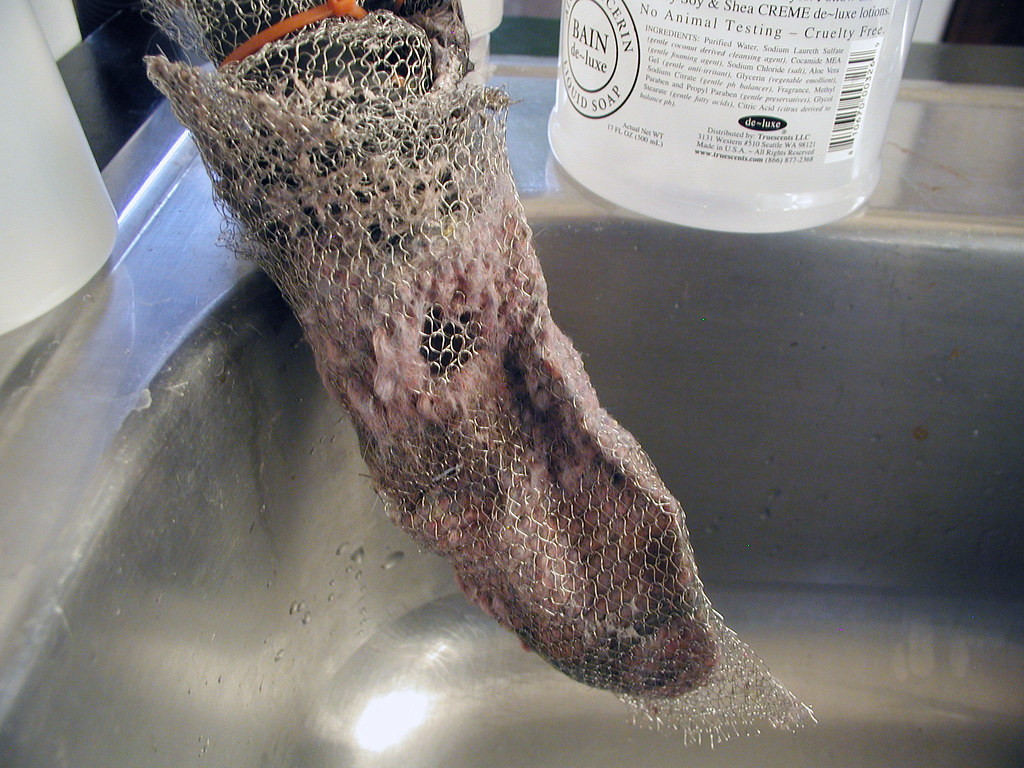Keeping your washing machine in good working condition is essential for maintaining clean clothes and a healthy home. A critical aspect of maintaining your machine is ensuring a functioning lint trap.
A lint trap captures lint, hair, and other debris that come off your clothes during the wash cycle, preventing them from clogging the machine’s drain and potentially causing damage.
Installing a lint trap is a relatively simple DIY project that can improve the efficiency of your machine and extend its lifespan.
If you want to improve your washing machine’s efficiency and reduce the amount of lint that builds up in your pipes, installing a lint trap can be a simple and effective solution. Here’s how you can install one yourself.
What is a Lint Trap?
A lint trap is a small mesh filter installed in a washing machine’s water discharge hose. Its purpose is to catch any excess lint and debris that is washed out of the clothes during the wash cycle, preventing it from clogging up your pipes and potentially causing damage to your plumbing system.
Materials needed.
Before you begin, make sure you have all the necessary materials. Here’s what you’ll need:
- A washing machine lint trap kit (these can be purchased at hardware or home improvement stores)
- Pliers
- A screwdriver
- A bucket
- Cleaning supplies (such as cloth and all-purpose cleaner)

Installation Steps
Follow these steps to install a lint trap for your washing machine:
Turn off the power and water supply
To install a lint trap, turn off the power and water supply to your washing machine. Unplug the machine from the outlet or turn off the power circuit breaker. Then, turn off the water valves that supply water to the machine.
Locate the drain hose.
Next, locate the drain hose at the back of the machine. This hose carries wastewater from the machine to the drain or septic system. Use pliers to loosen the clamp that holds the hose in place, and carefully remove the hose from the machine.
“Installing a lint trap is a relatively simple DIY project that can improve the efficiency of your machine and extend its lifespan.”
Install the lint trap.
Now, install the lint trap kit onto the end of the drain hose. The kit will likely come with a bracket that holds the lint trap in place. Use the screwdriver to attach the bracket to the back of the washing machine, then attach the lint trap to the bracket. Please ensure the lint trap is securely attached and the hose is properly inserted into it.

Reconnect the drain hose.
Once the lint trap is installed, it’s time to reconnect the drain hose to the machine. Use pliers to reattach the hose clamp and tighten it securely. Then, double-check that the hose is properly inserted into the lint trap.
Turn on the water and power supply.
Now that the lint trap is installed and the drain hose is reconnected, turn the water supply back on and check for leaks. Then, plug the machine back in or turn the power supply on. Run a test cycle to ensure the machine is functioning properly and that water is flowing through the lint trap and into the drain.
“While the lint trap will capture most of the debris that comes off your clothes, it’s important to regularly clean it to ensure that it doesn’t become clogged.”
Regularly clean the lint trap.
While the lint trap will capture most of the debris that comes off your clothes, it’s important to regularly clean it to ensure it doesn’t become clogged. Remove the lint trap and rinse it with water after each wash cycle. You can also use a cloth and all-purpose cleaner to clean the lint trap and surrounding area as needed.
Benefits of using a lint trap.
Installing a lint trap in your washing machine can provide several benefits, including:
- Preventing clogs in your machine’s drain and reducing the risk of damage
- Improving the efficiency of your machine and extending its lifespan
- Reducing the amount of lint and debris that ends up in your septic system or municipal wastewater treatment plant
- Saving you money on costly repairs and replacements
Conclusion
Installing a lint trap for your washing machine is a simple and effective way to improve the performance of your machine and protect your plumbing system from damage. Following these simple steps, you can install a lint trap yourself and enjoy the benefits of a cleaner, more efficient washing machine.

